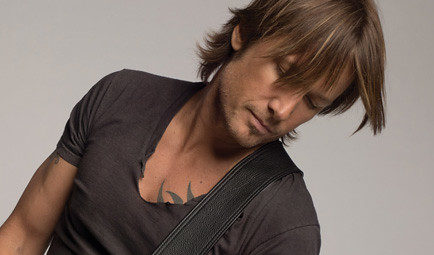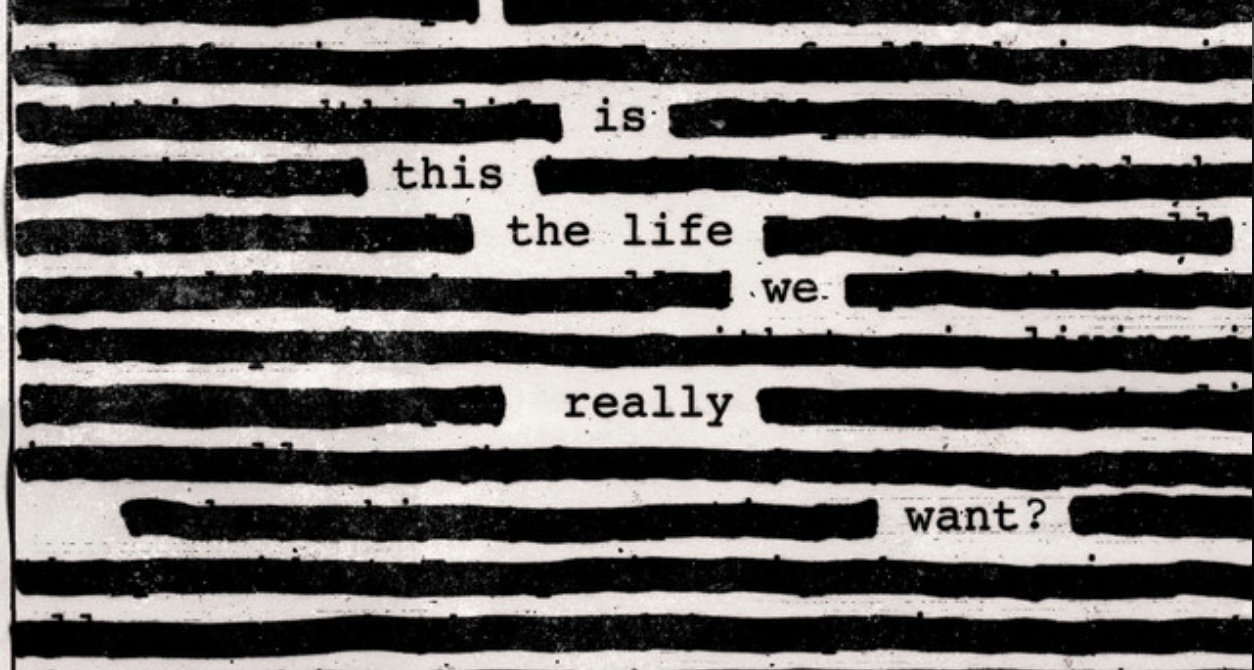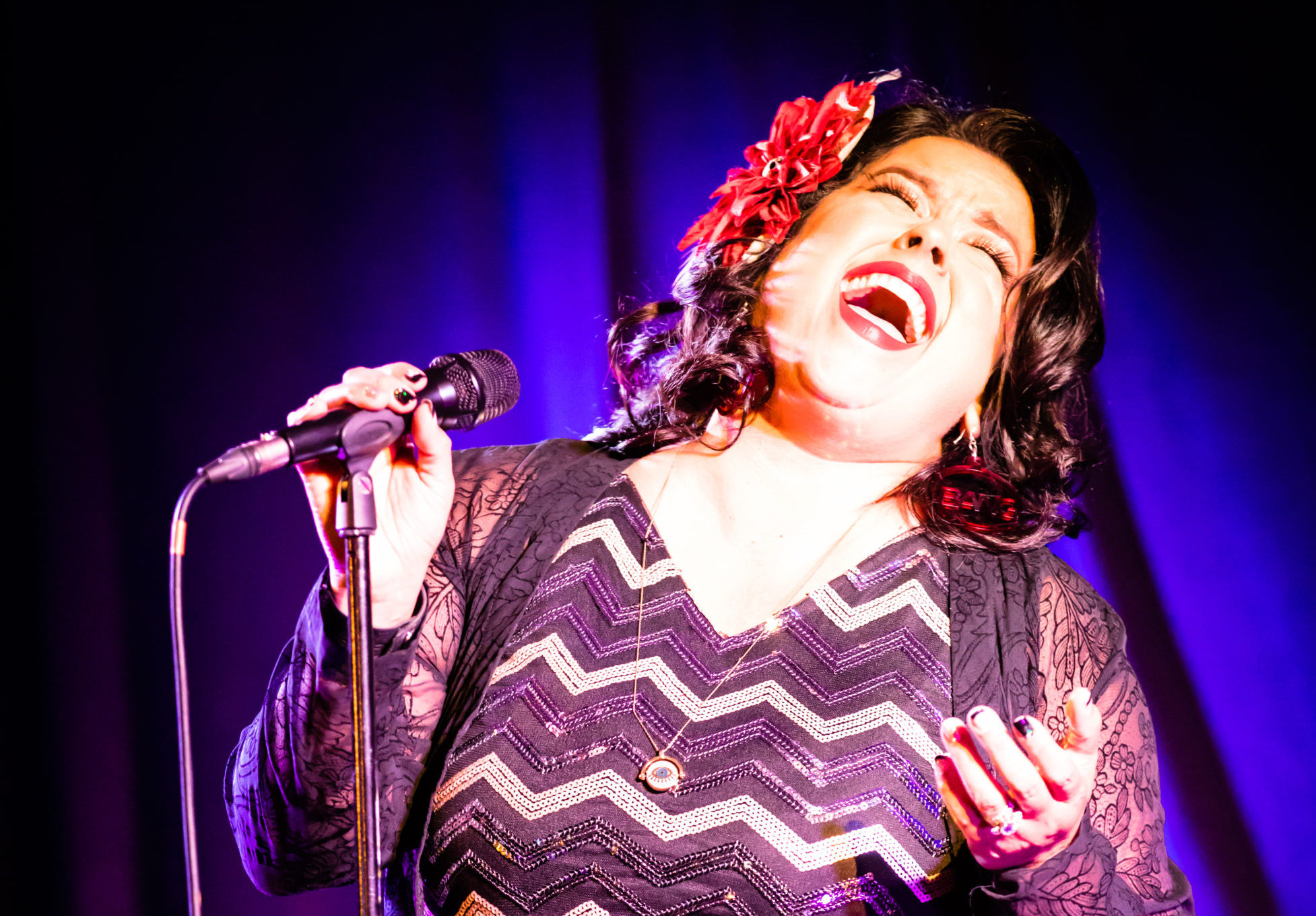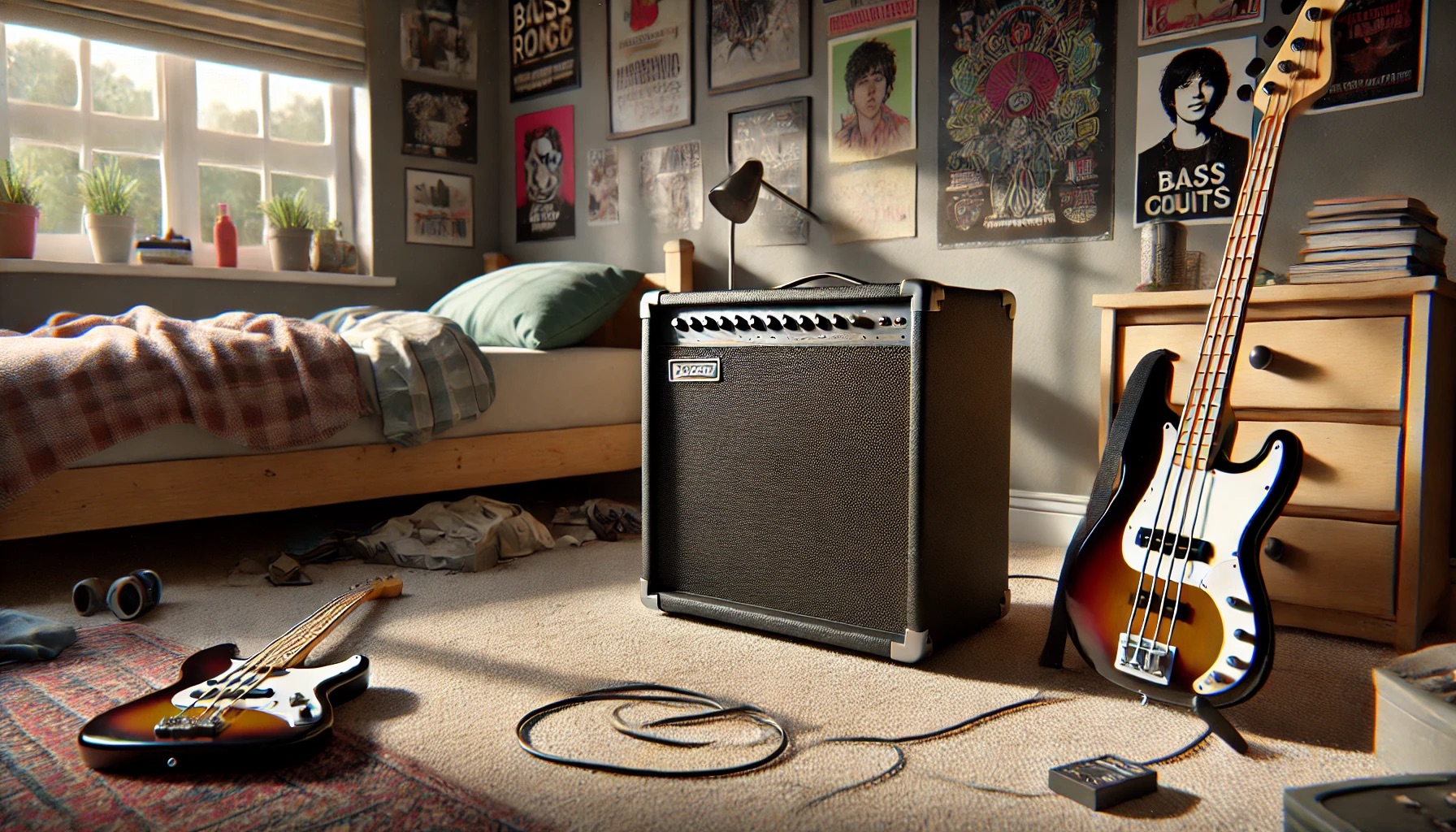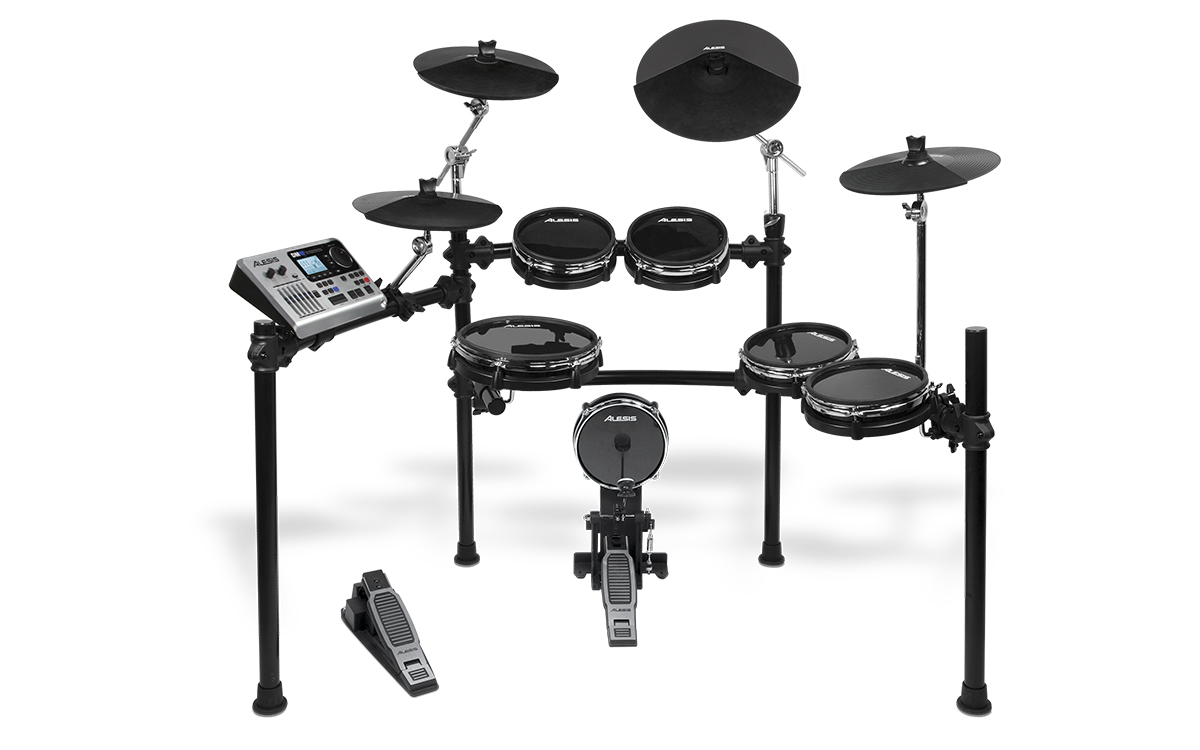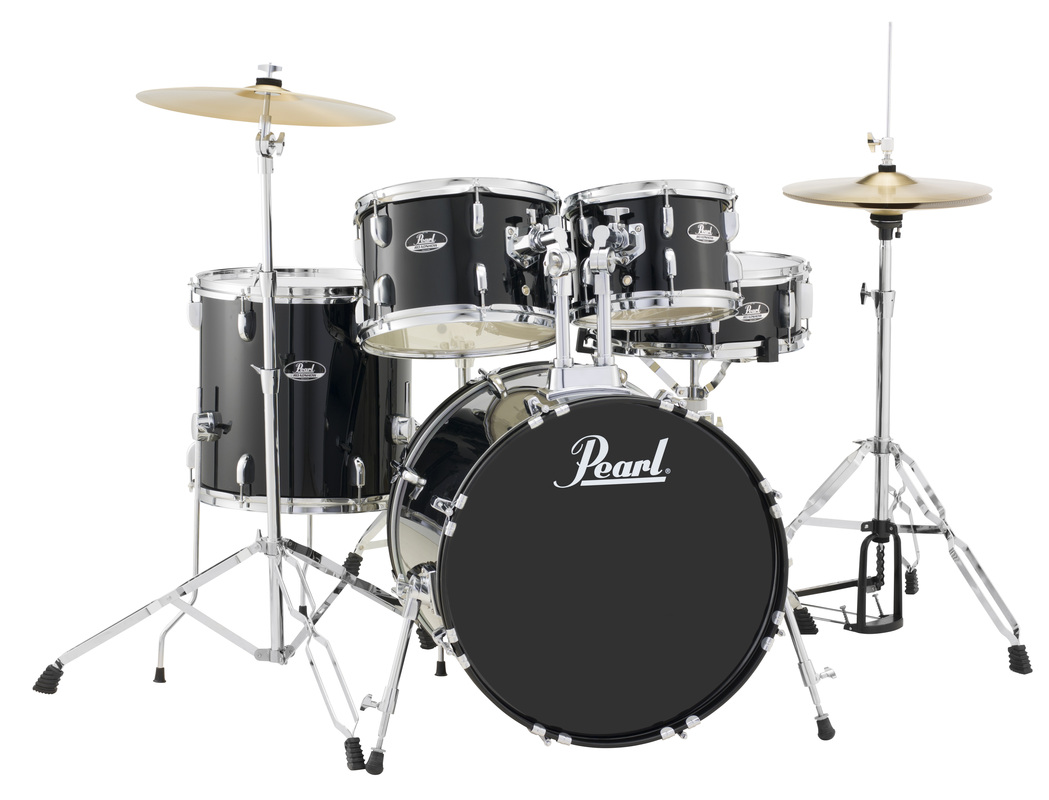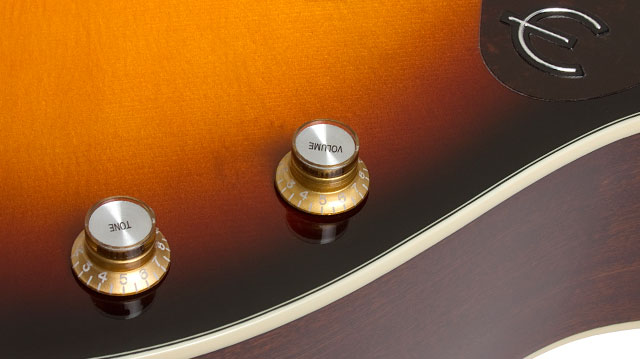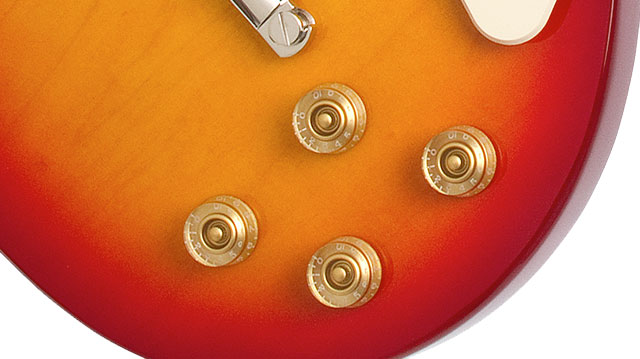
Have you ever stepped into a vintage store and felt a wave of nostalgia wash over you? The distinctive look of 1970s furniture once filled millions of American homes with personality and warmth. From shag carpets that cushioned every step to wood paneling that transformed ordinary walls into statement pieces, these designs captured a generation’s free spirit.
Some of these forgotten furniture trends didn’t just decorate spaces – they defined an entire era of self-expression and comfort. Let’s count down the iconic pieces that shaped American living spaces before they faded into design history.
8. Linoleum Flooring
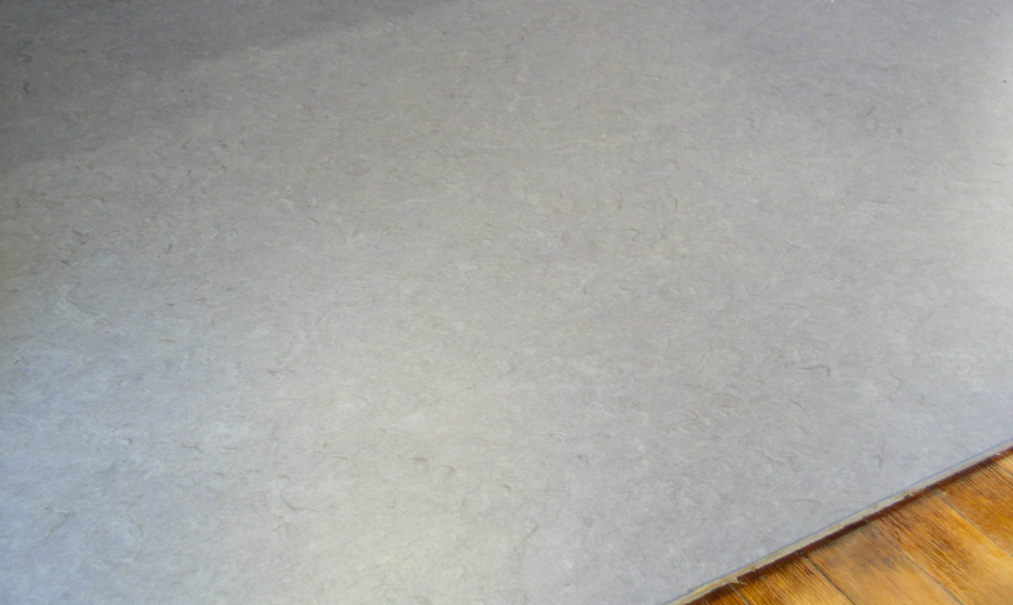
If you’re tired of cold, unforgiving floors, linoleum provided the perfect solution for 70s families. The slight bounce underfoot felt welcoming after long days. This practical flooring solution handled daily foot traffic with remarkable durability.
Easy maintenance made linoleum perfect for busy households. You could restore its shine with just a quick sweep and mop. Many brands advertised as wax-free, saving homeowners countless hours of upkeep. By the time iconic 1980s fads took over, linoleum floors were still going strong—outlasting trends, toys, and sometimes even the families who installed them.
7. Vinyl Tablecloths

Spills and stains threatened family tables everywhere until vinyl tablecloths came to the rescue. These protective covers vanished messes with a quick wipe of a damp cloth. They came in every color and pattern imaginable.
Floral patterns brightened breakfast nooks while geometric motifs energized dining rooms. Options ranged from subtle solids to eye-catching designs that matched any decor style. If you’re hosting a retro dinner party today, nothing sets the authentic 70s mood faster than a vinyl tablecloth in harvest gold or avocado green.
6. Beanbag Chairs

Caught in a small apartment with limited seating options? Beanbag chairs created instant relaxation zones that fit nearly anywhere. These informal seats molded perfectly to your body in cramped apartments and spacious living rooms alike. The stuffing adjusted to provide custom comfort for each sitter.
Their casual nature matched perfectly with 70s culture. Bell bottoms, tie-dye, and disco music all embraced the same free-spirited vibe. Beanbags suited the era’s rejection of formality. Lightweight and portable, you could rearrange them for movie nights or unexpected guests.
Getting out of a beanbag chair after lounging for hours was like trying to escape quicksand while wearing roller skates. The original models sold for just $19.99—making stylish comfort available to virtually any budget. Some of these 70s fads should make a comeback—and beanbags are a great place to start.
5. Floral Sofas
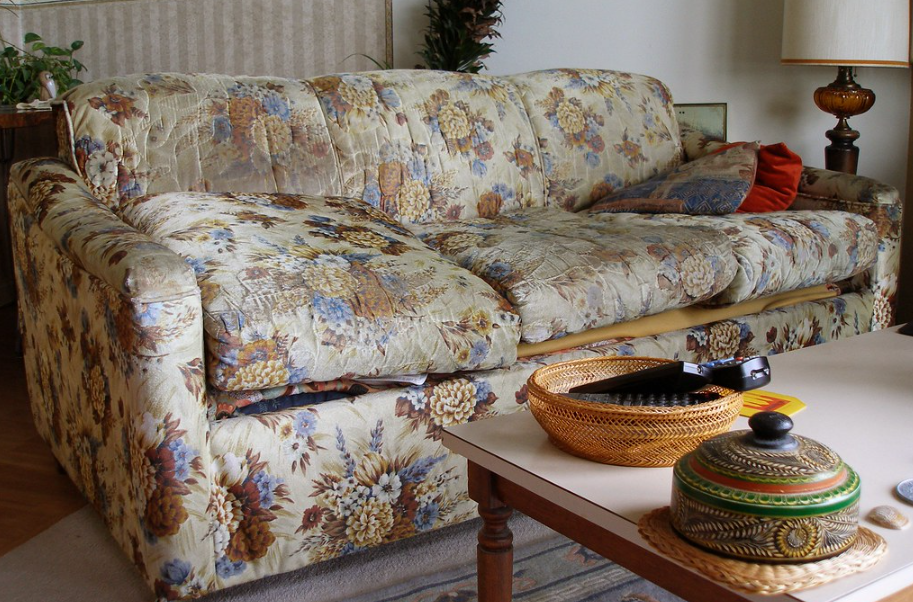
Many American living rooms featured floral sofas by 1975, making them the dominant seating choice of the decade. Bold blossoms sprawled across fabrics in vivid colors that demanded attention. These statement pieces anchored entire room designs.
Plush cushions invited lengthy conversations and TV marathons. The soft upholstery offered exceptional comfort for daily use. Various styles accommodated different tastes—from subtle daisy patterns to dramatic oversized blooms.
These sofas blended 70s design elements like ingredients in grandma’s secret recipe—somehow mixing patterns that shouldn’t work together into something weirdly perfect. Adding just one floral accent piece brings instant vintage charm to even the most modern space.
4. Plastic Covers on Sofas
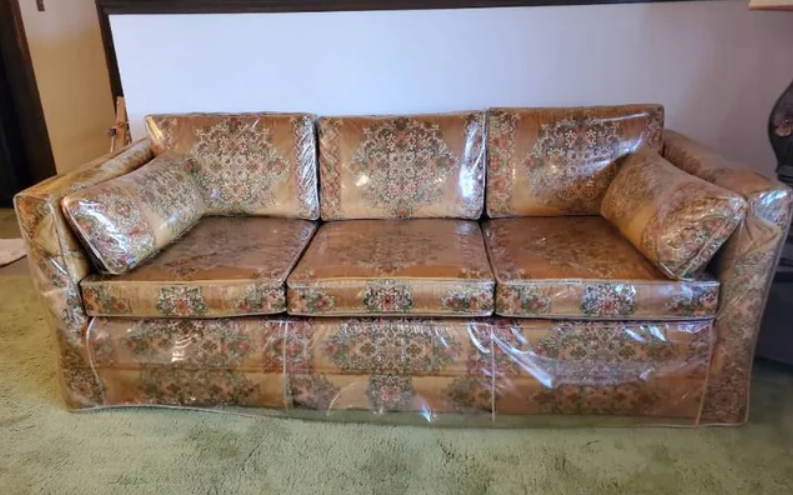
“But what if someone spills?” This protective paranoia birthed the phenomenon of clear vinyl shields for sofas. These transparent covers guarded upholstery against stains and everyday wear. The plastic barrier preserved furniture’s appearance for special occasions.
Many families reserved “uncovered” seating for holidays and visitors. Despite their protective benefits, plastic covers sacrificed comfort. The vinyl created distinctive sounds when you shifted position—a soundtrack familiar to anyone who visited their grandparents.
Sitting on plastic-covered furniture was like trying to get comfortable on a slip-and-slide. Your body constantly repositioned itself as you slowly slid forward. The original vinyl covers reduced fabric wear significantly, extending furniture life by decades.
3. Patterned Wallpapers
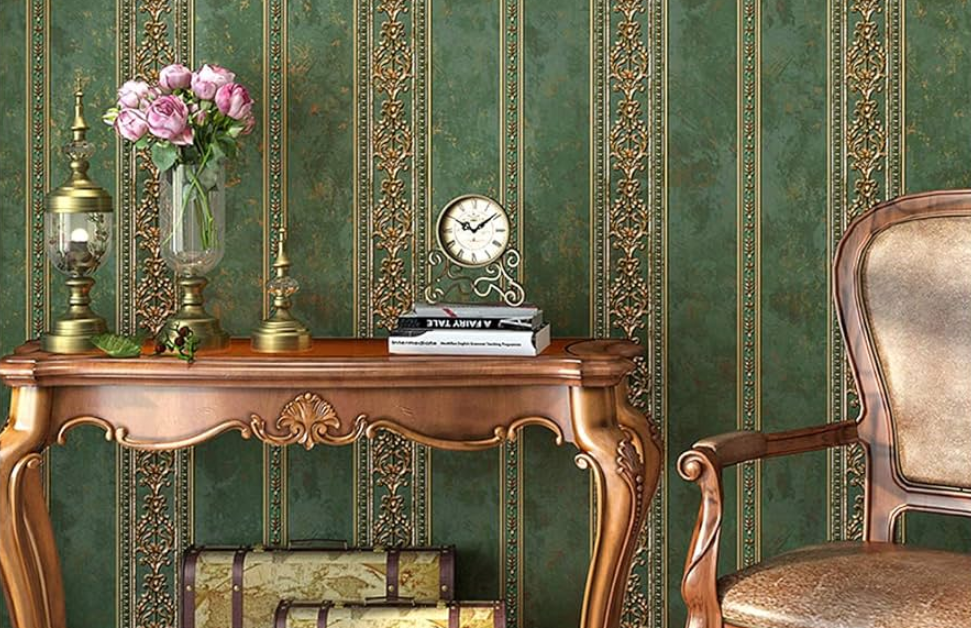
The walls spoke volumes in 70s homes, with patterned wallpapers serving as the primary voice. Earthy tones created cozy, intimate spaces while psychedelic swirls added dramatic flair. Abstract designs expressed homeowners’ artistic sensibilities.
Bright colors energized rooms without requiring additional decor. Installing these papers demanded patience and precision. Matching patterns at seams required careful attention to detail.
Removing 70s wallpaper today is like archeological excavation—layer upon layer revealing the history of past homeowners’ bold design choices. Flat tires might ruin your day, but nothing ruins a weekend faster than discovering four layers of vintage wallpaper during a “quick” renovation project.
2. Wood Paneling

The rich, textured surface of wood paneling reduced echoes compared to painted walls, creating the perfect acoustic environment for family gatherings. Shades ranged from light oak to mahogany, accommodating various decorating styles. This affordable wall treatment instantly elevated ordinary spaces.
The textural element added dimension to flat walls. Natural variations in the wood grain created visual interest throughout the room. An unexpected benefit? Improved acoustics from sound-dampening properties.
Wood paneling was to 70s homes what leather jackets were to The Fonz—instantly cool, slightly rebellious, and somehow both trendy and timeless. This distinctive wall treatment folded seamlessly into cabin themes without requiring the maintenance of actual wood, giving homeowners rustic charm with urban convenience.
1. Shag Carpets
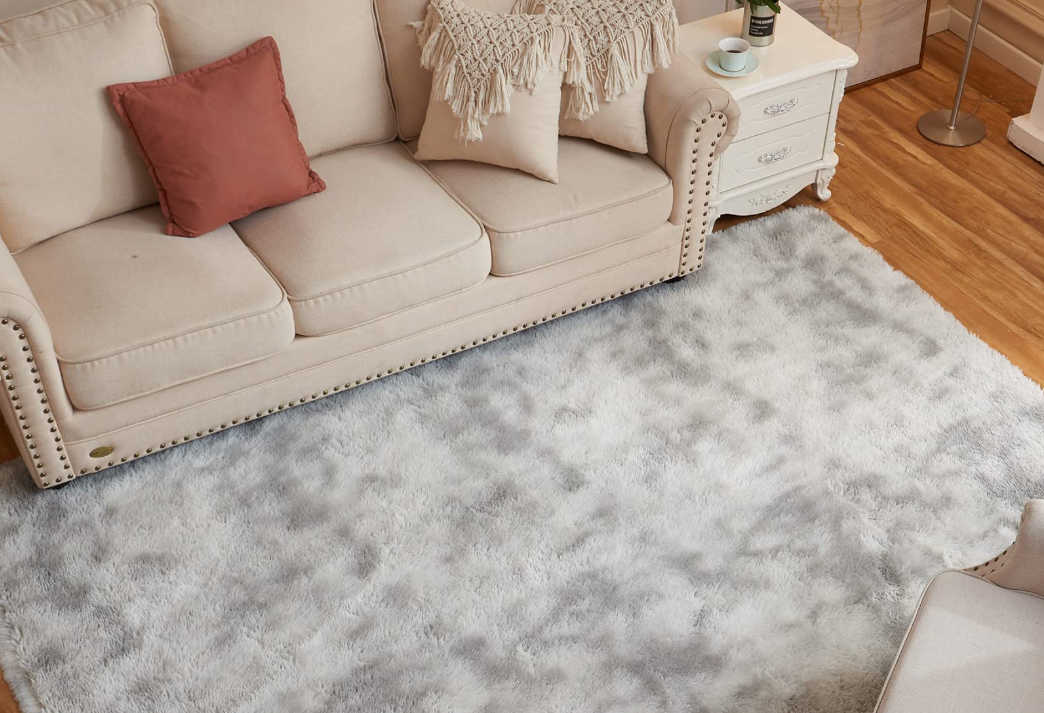
When warmth met style, shag carpets were born—defining 70s floor fashion with their long, lush fibers. Every step sank into luxurious softness. Walking barefoot across a freshly vacuumed shag carpet became a simple pleasure in millions of homes.
Each fiber contributed to the plush surface that children loved for playtime. The depth created practical benefits too—improved insulation and noise reduction. Available in vibrant colors from burnt orange to avocado green, shag carpets matched popular appliance colors.
Vacuuming a shag carpet was like trying to comb the tangles out of Cousin Itt’s hair—challenging but oddly satisfying. If you’re seeking maximum comfort and don’t mind occasional vacuuming challenges, today’s updated shag styles deliver the same cozy feel with improved durability.








